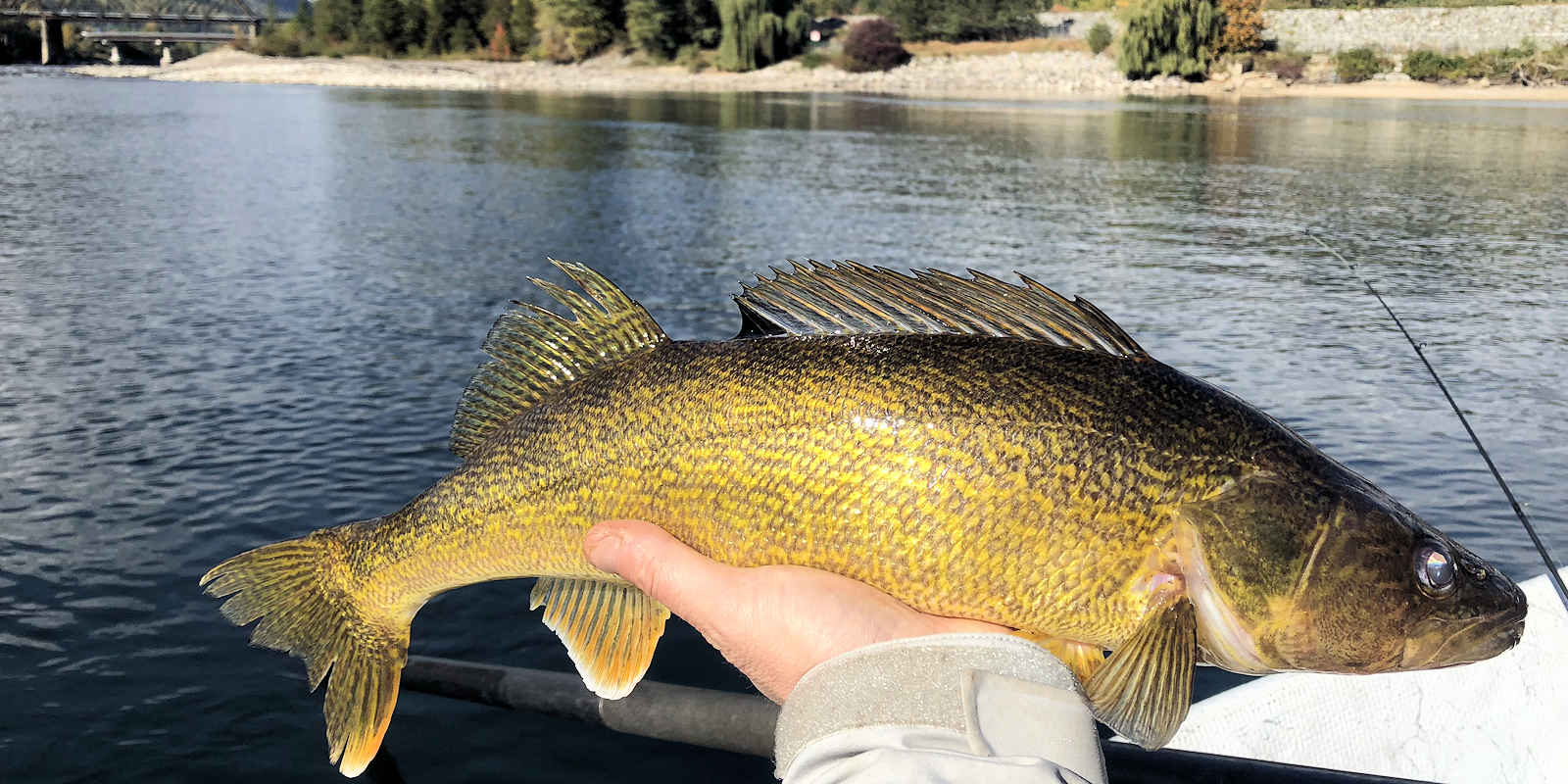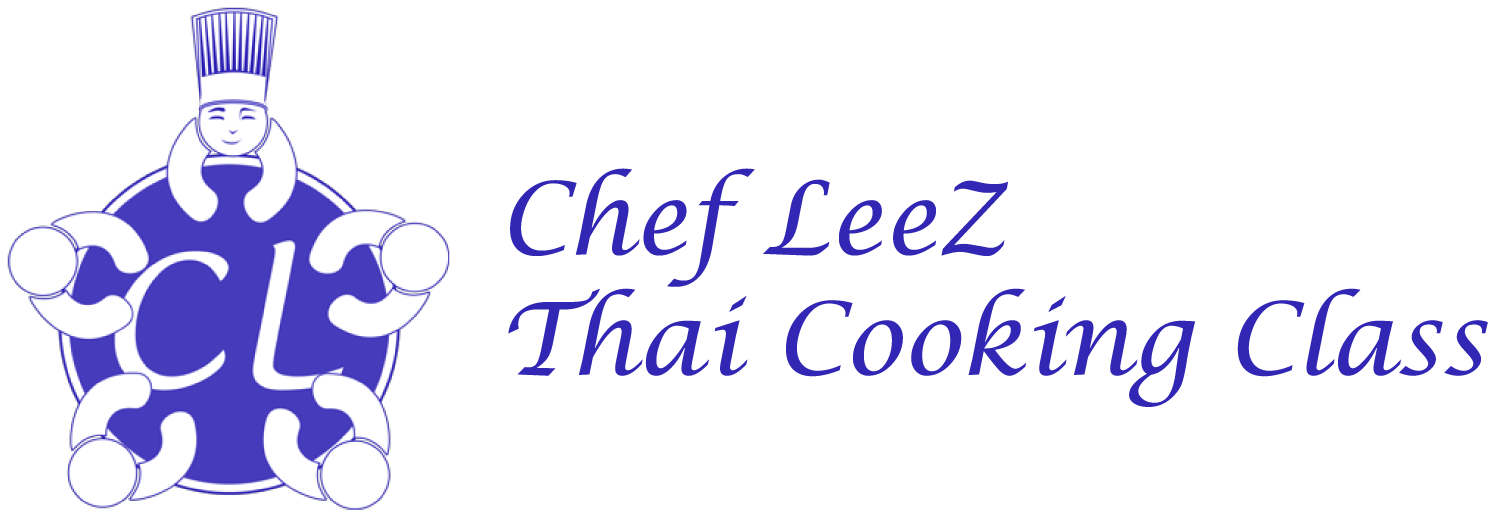
Gone Fishn – Sturgeon Lake
Gone Fishn – part 4
Alberta Parks related website –Sturgeon Lake – Young’s Point Provincial Park
Have you read the 1st post of the GONE FISHN post series? — Gone Fishn Introduction. It explains why we are doing this adventure.
Part 4 — Sturgeon Lake – Young’s Point Provincial Park.
We packed up the Dolberg lake campsite (Gone Fishn – Post 4) with a plan to take in the Summer Solstice music festival weekend near Faust on Slave Lake. Unfortunately, the price at the field was double what was offered online before the weekend of the happening. The price increased from $80 CAD per person to $160 CAD per person. We elected to put that money into the necessary vehicle oil change and boat repairs.
The trip from Dolberg Lake to Sturgeon Lake is best as a two-part drive of 3 hours each. The first part of the trip was spent in High Prairie’s Fountain Tire parking lot while we got our warranty required oil change $200 plus 2 new rear tires at $425 each. Many hours of phone calls to Grande Prairie businesses proved the closest boat repair was in Slave Lake town where found Keel to Wheel Mechanical in Slave Lake town. These people treated us right. They fixed the outboard motor spark plug. Cut our spare tire free of its under the truck body as it was rusted on and they changed they switched the most worn front tire with the removed spare. We camped on their business lot for the 4 nights (it was a weekend) while the repairs were done. Camping on private parking lots of the business providing us with their services saved us nearly $350 CAD in camping fees plus travel to and from the campground to the business estimated at another $100 CAD.
Young’s Point Provincial Park offers both online reservations and first-come sites with power for $38 per night and sites without power for $28 per night. The waterfront HP sites all can be reserved online. We were told these are reserved by January end.
We cruised all the campgrounds A, B, C and HP looking for internet with bars and found 3 such sites. When we inquired about them two were not on the system and require6 months in advance. The sites were permanent emergency sites and they were not available.
That left HP 1,2, or 3 or neighbouring sites and we select HP 2 as it had plenty of dead-standing wood in its back bushes. This was important as no wood was in the included wood bin and a mosquito smudge was necessary.
It was rainy weather for the days we were there so we never emptied the boat. Thus it did not go onto the water this visit. Our fishing experience came about a week later when I needed internet for a 6-hour zoom meeting and my husband went out on the lake in search of walleyes. On this initial test of our recently fixed outboard motor, its control arm fell off! All 4 nuts holding it in place were gone! During the break in my Zoom meeting, my husband electric motored back to shore for Gorilla tape and picked me up. Gorilla tape is said to be mega stronger than duct tape and we used it to hold the outboard motor control arm back into its operational position and we were back fishing. Is that a new use of gorilla/duct tape?
The spot my husband found was in 3 meters of water and some 400 meters from the day-use pier. Our truck and camper and boat trailer were parked just a couple of hundred meters away from the pier. But it was too shallow to bring the boat into this pier. It may be too shallow to dock your boat on the HP sites. This means the HP sites may only offer the aesthetics of looking out over the lake.
My Husband said it was possibly the worst possible walleye weather being that it was a clear blue sky and almost no breeze! Yet we caught many many walleyes! None were of the size allowed to be kept and eaten (between 45 cm & 50 cm). I am told walleye is a firm-fleshed fish and is considered the best tasting of all of Alberta’s fish! This makes walleye the most sought-after of all Alberta fish.
We used a slip bobber rigging. The single hook was tipped with a live leech. Slip bobber rigging allows for setting the depth from your bobber to your hook. It allows you to reel in the bobber to the rod tip and cast with perhaps 30 cm of gear hanging out the rod tip. If fixed position bobbers had been used to fish a 2-meter hook depth there would be 230 cm of fishing gear hanging out the end of the rod on every cast. That’s the major difference between the two styles of bobber fishing.
Slip bobber rigging:
- begin by sliding the plastic tube with knot on the fishing line
- Slid the knot off the plastic tube
- wet the knot with your spit then
- tighten the knot by pulling the two tag ends
- slid a bead on the fishing line
- slid on the slip bobber
- tie on a snap swivel
- open the snap swivel
- add your weight and the pre-tied hook or jig.
- slid the knot to the depth you want to present your hook at the desired depth
Watch our how to put a leech on a hook video.
These were my first walleyes! Walleyes are a school fish so where there is one there are always more. My husband would put on a leech and I would cast it out. We had two rods, one each. I would cast out my husband’s line while he dealt with releasing my fish as walleyes have dorsal fin spines and they also have on their gill covers an extremely sharp edge that with sting you if not handled properly. By the time he had the next rod set up, I would have another walleye on the hook! It was fast-catching action. It was as fast as you could put a hook to the proper depth and bang you would have another walleye!!!
While we were busy stickin’ fish (the term for setting the hook). There were many families out this Canada Day weekend with their water toys. Most of the boats used on large lakes are 6 to 9 meters. Some boats were towing children on water skis or water floater toys. The surface water was 65 C. The children had no problem with playing in the water on the shore or from behind a boat.
When my meeting ended we resumed fishing and fished until we lost our last pre-tied hook to the walleyes. When a hook is in the fish’s throat it is best to cut the line and allow the hook to fall out naturally. When your bobber goes down you first need to tighten the line till you feel the weight of the fish on the tight line. Most successful sticks come following a 6 or 7 battleship count starting when the bobber goes down.
After fishing, we showered and dumped out the camper’s grey and black water and filled it up with potable water. We checked with the campground representative and received permission to use the sani-dump station.
Next lake is back to Swan Lake.
Related Videos
- FISH-ON the video of 6Kg Rainbow trout, 47 cm brown trout, 46 cm eastern brookies, and non-stop walleyes on the hook.
- Gone Fishn – Swan Lake ….. The video?
- How to make a leech trap video.
- How to put a leech on a hook video.
- Sturgeon Lake Chef Lee with a walleye
- How to Rig a Slip Bobber
Gone Fishn—Blog Posts
Published
- Introduction—the why we are Gone Fishn
- Swan Lake Recreation Area
- Pierre Grey’s Lakes Provincial Park
- Fairfax Lake Provincial Recreational Area
- Dolberg Lake – trophy trout fishing lake
- Sturgeon Lake – Young’s Point Provincial Park
Coming Soon
- Swan Lake Take 2
- Pierre Grey’s Lakes Provincial Park Take 2
- Gregg Lake Provincial Park
- Buck Lake Provincial Park
















